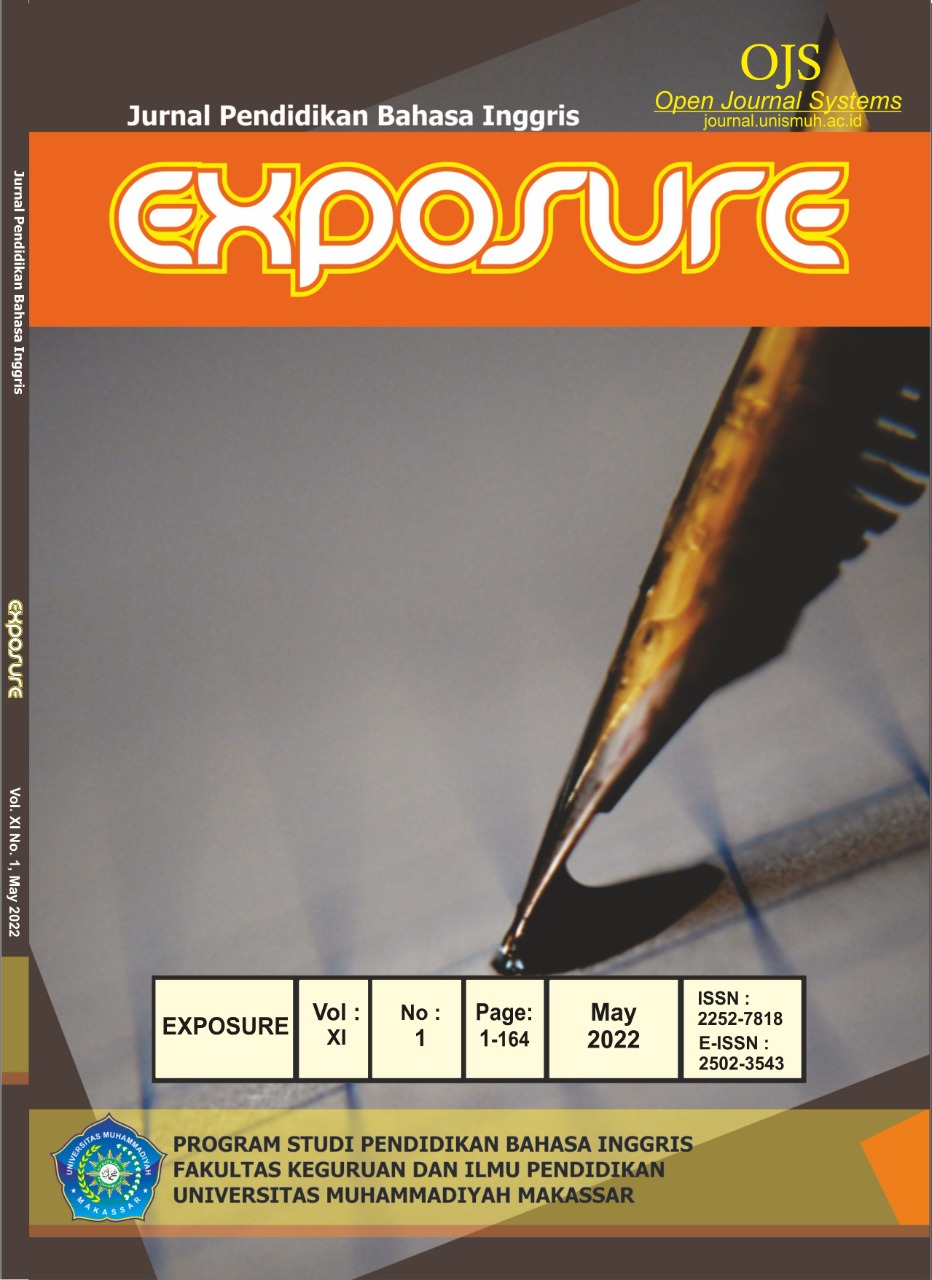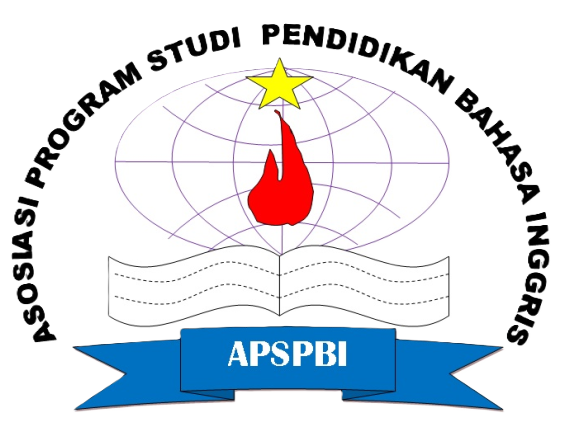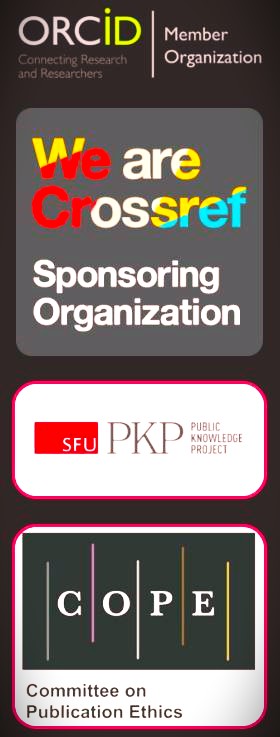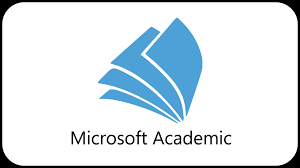ISLAMIC BANKING STUDENTS' NEEDS FOR EAP ONLINE LEARNING IN INDONESIA
DOI: https://doi.org/10.26618/exposure.v11i1.7645
needs analysis, EAP, online learning, Islamic banking
Abstract
This study aimed at investigating Islamic Banking students' needs for English for Academic Purposes (EAP) online learning in Indonesia. This research method was a descriptive survey expecting to discover the target and learning needs related to online learning. This study used a questionnaire distributed three distinctive times to 572 students of the Islamic Banking department at the State Institute for Islamic Studies (IAIN) of Ponorogo from 2020 to 2021. The observation was also used to support the data. The results discovered students' preference on the platforms used to support online learning, whether it was a virtual tool to replace in-person teaching or the learning management system, the effective duration of virtual meetings, language used and learning activities in the teaching and learning process. The reasons for students’ preferences and some students' inputs to the EAP online learning were also revealed. The needs analysis research may provide a basis for innovative online EAP course design and help prepare and deliver EAP online learning.
References
Bensoussan, M., Bensoussan, M., Avinor, E., Ben-Israel, B., & Bogdanov, O. (2006). CMC Among Multilingual Students of English for Academic Purposes: Linguistic and Sociolinguistic Communicative Factors in Online Written Responses. Language@Internet, 3(2). http://www.languageatinternet.org/articles/2006/370
Berwick, R. (1989). Needs assessment in language programming: from theory to practice. The Second Language Curriculum, 48–62. https://doi.org/10.1017/CBO9781139524520.006
Cavus, N. (2011). Investigating mobile devices and LMS integration in higher education: Student perspectives. Procedia Computer Science, 3, 1469–1474. https://doi.org/10.1016/j.procs.2011.01.033
Chen, N. S., Ko, H. C., Kinshuk, & Lin, T. (2005). A model for synchronous learning using the Internet. Innovations in Education and Teaching International, 42(2), 181–194. https://doi.org/10.1080/14703290500062599
Destianingsih, A., & Satria, A. (2020). Investigating Students’ Needs for Effective English Online Learning During Covid-19 for Polbeng Students. ELT-Lectura, 7(2), 147–153. https://doi.org/10.31849/elt-lectura.v7i2.4657
Ertmer, P. A., & Ottenbreit-Leftwich, A. T. (2010). Teacher Technology Change. Journal of Research on Technology in Education, 42(3), 255–284. https://doi.org/10.1080/15391523.2010.10782551
Eslami, Z. R. (2010). Teachers’ Voice vs. Students’ Voice: A Needs Analysis Approach to English for Academic Purposes (EAP) in Iran Zohreh. English Language Teaching, 3(1), 3–11. https://eric.ed.gov/?id=EJ1081411
Evans, S., & Green, C. (2007). Why EAP is necessary: A survey of Hong Kong tertiary students. Journal of English for Academic Purposes, 6(1), 3–17. https://doi.org/10.1016/J.JEAP.2006.11.005
Fitriyah, I. (2018). Developing English Materials for Islamic Education Students of STAIN Kediri. Jurnal Bahasa Lingua Scientia, 10(1), 95–120. https://doi.org/10.21274/ls.2018.10.1.95-120
Fuady, I., Sutarjo, M. A. S., & Ernawati, E. (2021). Analysis of Students’ Perceptions of Online Learning Media During the Covid-19 Pandemic (Study of E-learning Media: Zoom, Google Meet, Google Classroom, and LMS). Randwick International of Social Science Journal, 2(1), 51–56. https://doi.org/10.47175/rissj.v2i1.177
Hsu, P. S. (2016). Examining Current Beliefs, Practices and Barriers About Technology Integration: A Case Study. TechTrends, 60(1), 30–40. https://doi.org/10.1007/S11528-015-0014-3/TABLES/11
Madkur, A. (2018). English for Specific Purposes: A Need Analysis on English Course in Islamic Banking Department. Lingua Cultura, 12(3), 221–226. https://doi.org/10.21512/LC.V12I3.3395
Melvina, M. (2015). Sociolinguistic Factors in the Development of English Language Proficiency Among Students in Malaysia. ELT-Lectura, 2(2), 23–28. https://doi.org/10.31849/elt-lectura.v2i2.466
Nation, I. S. P., & Macalister, J. (2010). Language curriculum design. 224.
Pertiwi, A. (2021). Need Analysis of English for Specific Purpose in Islamic Banking Department. Universitas Islam Negeri Walisongo.
Perveen, A. (2016). Synchronous and Asynchronous E-Language Learning: A Case Study of Virtual University of Pakistan. Open Praxis, 8(1). https://doi.org/10.5944/openpraxis.8.1.212
Ranjbar, N., & Hassan, S. A. (2021). A Survey of EAP Needs in Iran from the Viewpoints of Teachers and Students (Research Paper). Iranian Journal of English for Academic Purposes, 10(1), 54–74. http://journalscmu.sinaweb.net/article_126475.html
Rerung, M. K. T. (2018). Learners’ Perception on Bilingual Approach in an EAP Classroom. Journal of English Language and Culture, 8(2), 119–127. https://doi.org/10.30813/jelc.v8i2.1096
Rodrigues, P. D., & Vethamani, M. E. (2015). The Impact of Online Learning in the Development of Speaking Skills. Journal of Interdisciplinary Research in Education, 5(1), 2232–180.
Siew Ming, T., & Alias, A. (2007). Investigating readiness for autonomy Investigating readiness for autonomy: A comparison of Malaysian ESL undergraduates of three public universities. Reflections on English Language Teaching, 6(1), 1–18.
Styfanyshyn, I. M., & Kalymon, Y. O. (2021). Online practice for speaking English. In Collective Monographs (pp. 124–132). https://doi.org/https://doi.org/10.36074/rodmmrfssn.ed-1.12
Subekti, A. S. (2021). Indonesian Learners’ Self-Directed Learning in Online EAP Classes: Its Manifestations and Factors. LITERA, 20(3), 405–423. https://doi.org/10.21831/LTR.V20I3.42062
Turnbull, D., Chugh, R., & Luck, J. (2021). Transitioning to E-Learning during the COVID-19 pandemic: How have Higher Education Institutions responded to the challenge? Education and Information Technologies, 26(5), 6401–6419. https://doi.org/10.1007/s10639-021-10633-w
Wang, Y., & Chen, N. S. (2009). Criteria for evaluating synchronous learning management systems: Arguments from the distance language classroom. Computer Assisted Language Learning, 22(1), 1–18. https://doi.org/10.1080/09588220802613773
Yalden, J. (1987). Principles of Course Design for Language Teaching. Cambridge: Cambridge University Press.
Downloads
Additional Files
Published
How to Cite
Issue
Section
License
Authors who publish with this journal agree to the following terms:
In order to assure the highest standards for published articles, a peer review policy is applied. In pursue of the compliance with academic standards, all parties involved in the publishing process (the authors, the editors and the editorial board and the reviewers) agree to meet the responsibilities stated below in accordance to the Journal publication ethics and malpractice statement.
Duties of Authors:
- The author(s) warrant that the submitted article is an original work, which has not been previously published, and that they have obtained an agreement from any co-author(s) prior to the manuscript’s submission;
- The author(s) should not submit articles describing essentially the same research to more than one journal;
- The authors(s) make certain that the manuscript meets the terms of the Manuscript Submission Guideline regarding appropriate academic citation and that no copyright infringement occurs;
- The authors(s) should inform the editors about any conflict of interests and report any errors they subsequently, discover in their manuscript.
Duties of Editors and the Editorial Board:
- The editors, together with the editorial board, are responsible for deciding upon the publication or rejection of the submitted manuscripts based only on their originality, significance, and relevance to the domains of the journal;
- The editors evaluate the manuscripts compliance with academic criteria, the domains of the journal and the guidelines;
- The editors must at all times respect the confidentiality of any information pertaining to the submitted manuscripts;
- The editors assign the review of each manuscript to two reviewers chosen according to their domains of expertise. The editors must take into account any conflict of interest reported by the authors and the reviewers.
- The editors must ensure that the comments and recommendations of the reviewers are sent to the author(s) in due time and that the manuscripts are returned to the editors, who take the final decision to publish them or not.
Authors are permitted and encouraged to post online a pre-publication manuscript (but not the Publisher’s final formatted PDF version of the Work) in institutional repositories or on their Websites prior to and during the submission process, as it can lead to productive exchanges, as well as earlier and greater citation of published work (see The Effect of Open Access). Any such posting made before acceptance and publication of the Work shall be updated upon publication to include a reference to the Publisher-assigned DOI (Digital Object Identifier) and a link to the online abstract for the final published Work in the Journal.














